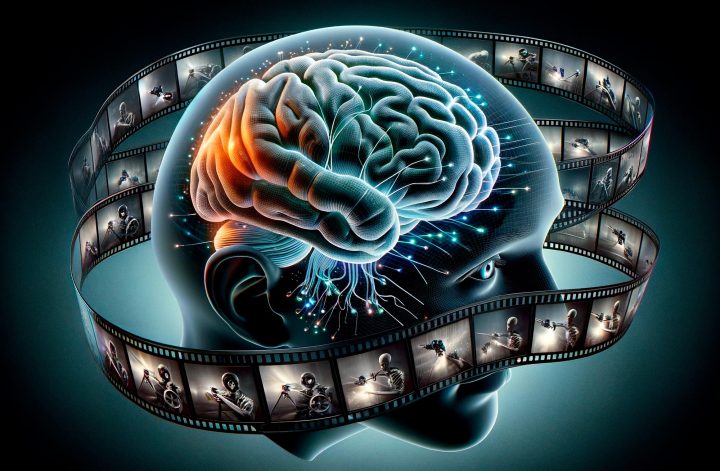Why is it so hard to catch a fly? how does time work in a world where cause and effect can become mucky? Is there any way to scientifically measure the perception of time?
- The perception of time is not universal even among humans – Time does not change or pass by, our perception of time is what changes.
- Flicker Fusion Frequency (FFF) is the frequency at which a flickering light appears steady to the average human observer.
- Our perception of time completely depends on how well the intake and processing of information is – Human beings perceive time moving at 65 flashes per second, turtles(slowest) at 15 flashes per second, and flies(fastest) at 200 flashes per second.
- Research has shown that size and metabolic rate are two factors that come into play: small animals with high metabolic rates tend to have high flicker fusion thresholds(they experience time as if it is in slow motion).
- The accelerated information processing in these small organisms allows them to react to threats faster than we can comprehend(7 times faster than humans).
- A fly effortlessly dodges your aim swatter because, from our point of view, our movements are fast but from a fly perspective we are moving in slow motion – it’s like watching a video at a reduced speed.
- Their fast metabolic rates and Rapid neurological processing make our swift movements appear sluggish.
- Large animals like elephants on the other hand perceive the world fast forward – their slower metabolic rates and lower flicker fission frequency mean that they may process information more slowly than smaller faster animals – they miss things that smaller creatures can rapidly spot.
- In human beings, time perception is unique for each individual and it’s influenced by factors such as attention, emotions, and age
- As a child, we constantly experienced new things and took in new information daily, a holiday felt like an eternity, yet as we get older time seems to go by much faster, but time itself hasn’t gone faster or slower it is just our perception of time that has changed.
- This is because, as we age a smaller unit represents a smaller fraction of our life making it feel faster in retrospect.
- Similarly, adrenaline can slow our perception of time – in a scary situation, our brain goes into overdrive to process information rapidly, and time seems to slow down.
- As insects perceive our actions in slow motion we perceive the movement of celestial bodies as slow due to the vast distances involved – the movement of planets and stars occurs over such enormous scales and length time frames that they seem almost motionless to us.
- A planet like Mars takes 668 Earth days just to orbit the sun once – from our perspective mass movement seems extremely slow – in reality, mars is moving at an average of about 14 miles/sec – 52,000 miles/hour.
- From Einstein’s theory of general relativity gravity and time share a profound connection the stronger the gravity the slower time passes.
- Imagine a gigantic planet with a much stronger gravitational pull than Earth – if you were on that planet your wristwatch would tick slower than someone back on Earth – essentially you would be aging slower – Gravitational Time Dilation.
- When we look up at the sky we see the light that has traveled vast interstellar distances to reach us, the stars we see are not as they are now but as they were when the light left them, for some stars that could have been hundreds or thousands of years ago – this means that as we look at the stars in the night sky, we are essentially looking back in time.
- The flow of time is governed by, fundamental laws of physics – what changes are our perspective, perception, and measurement of time.
- The journey from the tiny world of insects to the vast cosmos illustrates how diverse and multifaceted our experience of time can be.
- The practical applications of FFF are vast and multifaceted. In cinematography and digital media, filmmakers leverage FFF principles to craft immersive visual experiences, while engineers employ FFF insights to design efficient LED lighting solutions. Furthermore, FFF research informs ergonomic standards and safety guidelines in workplaces and public spaces, safeguarding against potential health risks associated with flickering lights.
- By delving deeper into FFF, we gain invaluable insights into the mechanisms that shape our visual reality, paving the way for advancements in technology, health, and our understanding of the human mind.




